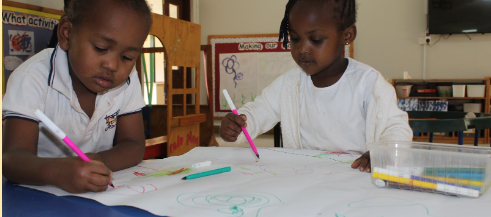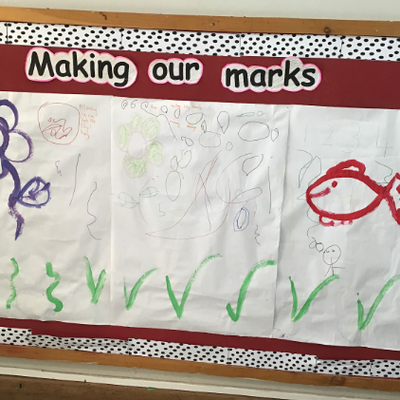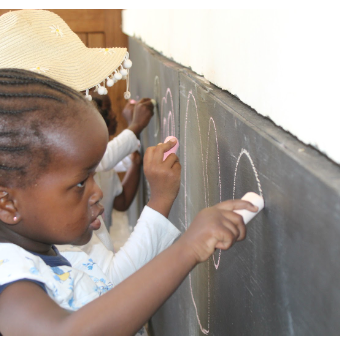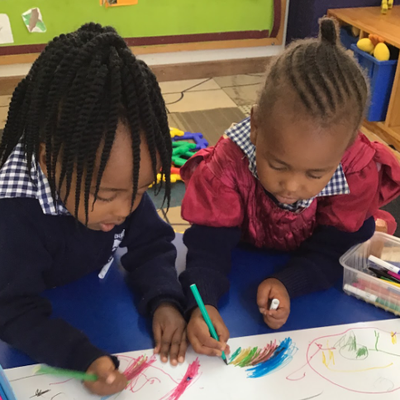MARK MAKING IN EYFS

15th October 2022
Mark making in the early years is when children start to intentionally create their own lines, patterns, or shapes using their bodies or tools. It’s the first step in a child’s developmental journey towards writing and drawing.
In Braeburn Imani, children are offered an opportunity to make their marks. Teachers display readily available and a wide range of materials for mark making. There are different types of activities in mark making for example, scribbling on a piece of paper using a crayon, making patterns in the sand or mud using a stick, painting, and making patterns using shaving foam.

Through mark making, children are able to communicate their ideas, express their feelings, develop their imagination and creativity. Mark Making provides children with new ideas and helpful guidance that they can follow along with as they create marks. This encourages children to explore new methods of mark making to improve their skills, and challenges them to exercise precision. As long as children are producing visible marks on purpose, they’re mark making! This is a very important step in early years' development. Children‘s work is put on display in their setting to support children’s mark making and spark their creativity.
Mark making supports fine motor skills to aid children’s physical development. It also prepares children for writing letters and numbers. As children progress through the EYFS, their mark making skills should become more controlled and purposeful, allowing them to represent a wider range of concepts, such as names, faces and numbers, by the time they’re five.








